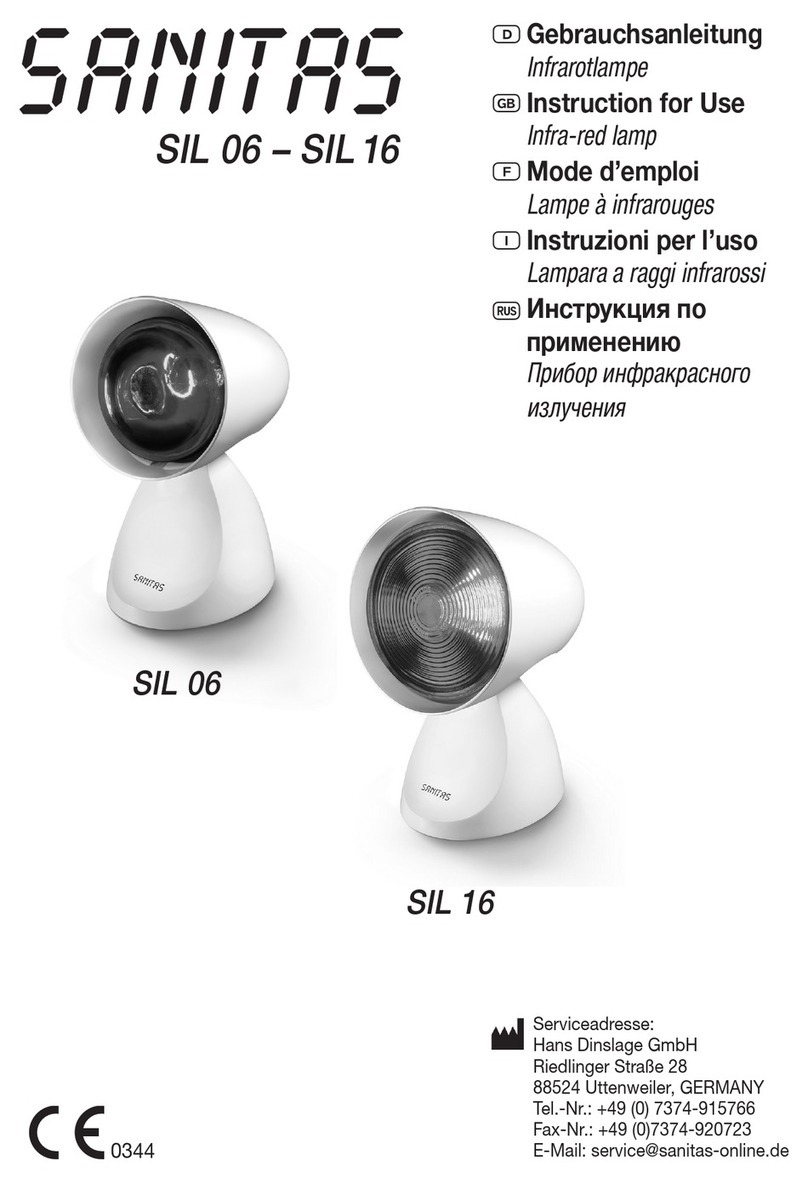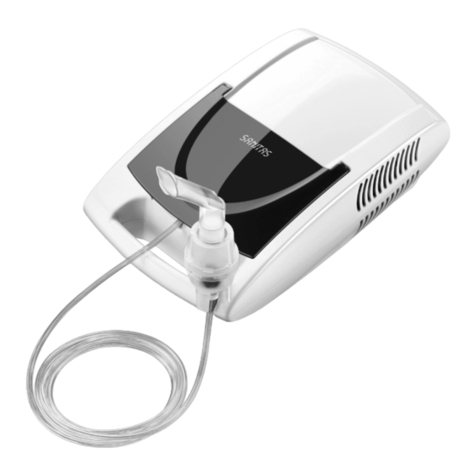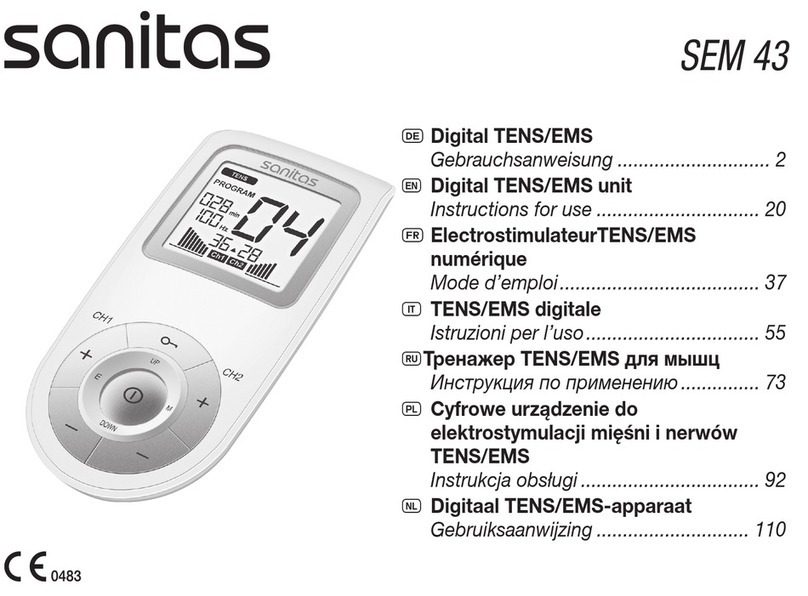- on fingers with anatomical changes, oedemas, scars or burns.
- on flngers that are too small, as with small ctriloren tor eiim[tl lwidtn approx, < 10 mm,
thickness < 5 mm).
- on patients who are not steady at the site of application (e.g. trembling).
- near flarnmable or explosrve qas mixtures.
' usrno the device for rono oeriors may cause parn for peopre witr- circJratory oisorders.
There'ore oo not use tn6 oulse oxirneter for Jonger t6Jn uioior.'Z 5orrs on one t.nger.
. The putse o\i.neter disptays a cJrren, ;";r;;;.i;illin"J o. u."o ror continuous
rnonitorino
' The pulse"oximeter does not have an ararm function and is therefore not suitable for evaru-
ating med cal results.
' Do not seltdiagnose or serf-medicate on the basis of the measurements without consurtino
your doctor. ln particular, do not start takjng "ny ne* ,"oicii,on;; ;;;il fliliy#;;i;Y
^ !9Wg ot,a1y exist;ng meoicat,or w.tnout [rioi appiou"r. * - "
' Do not look direcflv inside the housing during the irieasurement. The red right and the invis-
- rbre infra red tighl .il the purse oxtmet6r a,e n"a;;j; i" ;;r;;;;;. '
' rnrs devlce is not intended for use by peopje (incr,Loin[ chirdienl w,th .estr;cted physicar.
sensory or mentar skilrs or a lack of experience and/oia rack of inowredge, unr.isitnev lre
supe'v,sed by a person who has..esponsio,,rty ror 1116;..u1.,r;liniy ra.",ua instructions
from this person on how to use the device. c6',oren inoJJ,i".up"*i..o around tne de-
v:ce io ensure they do not plav witn it.
. Neither of the d splays for the pulse wave and pulse bar allows the strength of the pulse or
crrculation to be evalJated at the measurenreni srte. Rather. they iri exct-us,vely udeO to
drsDlay the currenr vrsuar signar variarion at ,1" ""i.ui"reni iiiino oo not enabre .errabre
diagnostics for the pulse,



































